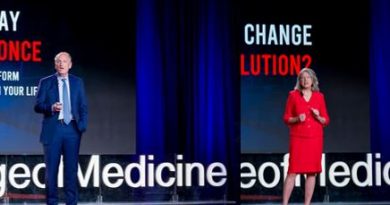The return of the house call
As the population ages, the medical needs of the oldest and most infirm are projected to greatly weigh on America’s healthcare system. In an attempt to meet these needs in an economical manner, Healthcare Partners Affiliates Medical Group initiated a house call program for recently discharged patients. Their goal was to provide adequate medical care and social support to obviate unnecessary hospital readmissions, a difficult task considering the majority of enrolled patients were over 85 years old and had over seven co-morbidities.
The program is structured around geographical regions serviced by medical pods consisting of a physician, nurse practitioners, medical assistants, and social workers. Patients, often referred following a hospital admission, are examined by nurse practitioners then receive a care plan from collaboration with a physician. Contact with the primary care physician is maintained, although he or she is instructed not to schedule any more appointments with the patient. Triage nurses provide 24/7 support to ensure after-hours and weekend coverage.

The results of the program, although lacking robust statistical analysis, appear positive. Health care spending per person, per month decreased by approximately half in the three months following enrollment compared to the three months prior to enrollment. Similarly, emergency department visits per person, per month decreased from 0.70 three months before enrollment to 0.29 three months after. Mortality and clinical outcomes were not assessed. Over time, the program saw greater relative reimbursement of nurse practitioners and less towards physicians, likely a move to save costs.
Considering the sublimely disheartening price of health care, our country must find systems that can alleviate this burden while maintaining quality. Initiatives like the House Calls program serve as case studies to guide further tinkering. Although promising, the published results should not spur change without further research. A comparison of readmission rates and costs between similar groups of people included versus excluded from the House Calls program would make the case more convincing. Secondly, mortality and clinical outcomes must be studied. Before advocating for the expansion and insurance coverage of similar house call programs, more proof is necessary.
-By Chris Frey, second-year medical student at Baylor College of Medicine. This post was originally featured on Policy Prescriptions as part of their Health Policy Journal Club Series.



